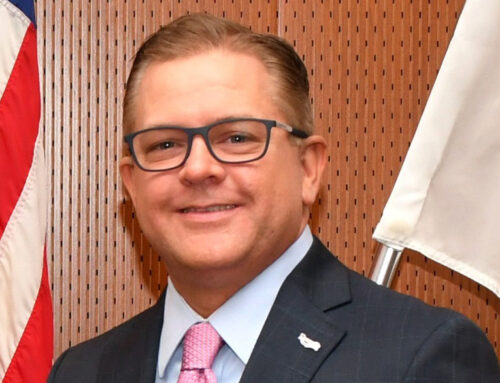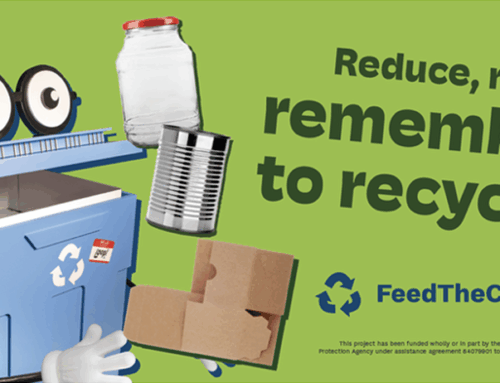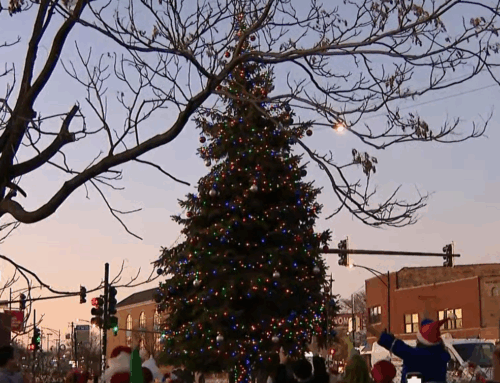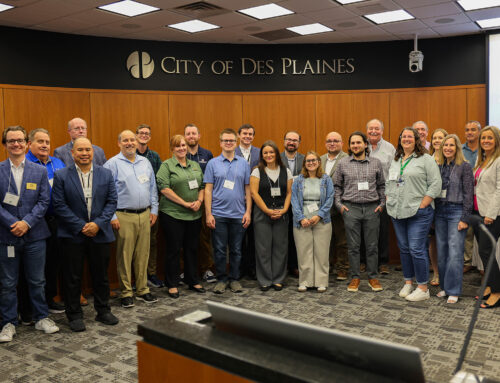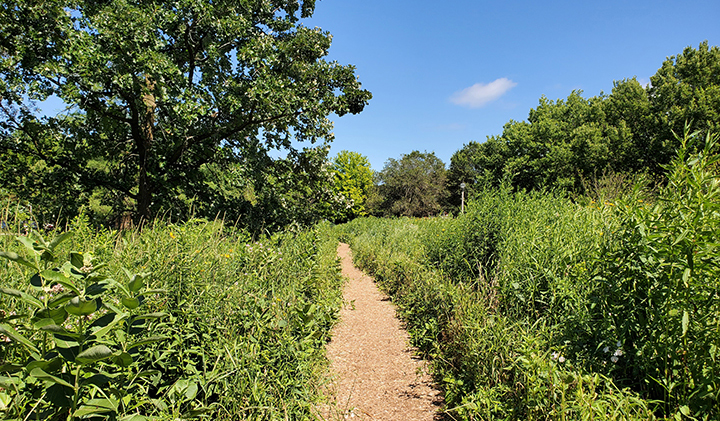
Several Caucus communities are progressing on a path toward a sustainable, low-carbon future.
The Chicago Metropolitan Agency for Planning (CMAP) applauded the efforts of a few of the Caucus communities that are reducing their carbon footprints in a recent article titled “Reimagining an economic recovery with a low-carbon future.” The article addressed how an opportunity exists today to move toward a more sustainable future while rebuilding the economy, which will create jobs, update infrastructure, and make the region more resilient to climate impacts. Many of the actions align with the Caucus’ Greenest Region Compact (GRC) sustainability collaborative.
- The Village of Downers Grove is a leader in clean fleets by using alternative fuels in most of its vehicles. The Village’s Community Support Officers in the Police Department also started driving plug-in hybrid electric vehicles. The Village is demonstrating the following GRC goals and strategies from the GRC Framework:
- Mobility: Support efficient transportation that uses resources wisely
- Municipal Operations goal: Operate a safe, clean and efficient fleet; Municipal Operations strategy: Migrate fleet to alternate fuel vehicles
- The Village of Oak Lawn is installing high-efficiency fixtures for street lighting to reduce energy usage. Oak Lawn’s efforts demonstrate the below GRC Energy strategies, which many of the GRC communities have also implemented as a simple way to lower electricity usage and save money.
- Energy goal: Use energy for building and facilities efficiently; Energy strategy: Implement energy efficiency measures that have a short-term payback (i.e. lighting, occupancy sensors)
- Municipal Operations strategy: Leverage state/federal and private grants and resources to advance sustainability
- The City of Geneva and Kane County created the 580-acre Prairie Green Preserve, which provides the climate benefit of absorbing carbon. Other benefits include preserving open space, improving stormwater management, and providing a recreational area for residents. The two GRC communities followed these GRC goals, objectives and strategies when acquiring land for Prairie Green Preserve:
- Land advanced strategy: Optimize tree planting and protect existing trees for maximum carbon storage/sequestration and energy savings
- Land strategy: Protect greenfields and open space
- Land objective: Conserve key natural assets and open space – through the strategy of direct acquisition and management and through collaborations and cooperative agreements such as conservation easements
- Land objective: Enhance parks, open space, and recreational opportunities accessible to all residents
- Water goal: Optimize the use of natural and built systems to manage stormwater
Regional Climate Plan
These innovative local actions tie in to actions proposed in the regional climate plan collaboration between the Caucus, CMAP and the National Oceanic and Atmospheric Administration (NOAA). The plan involves adding several new mitigation and adaptation strategies into the Greenest Region Compact.
For background on the project, the Global Covenant of Mayors for Climate & Energy (GCoM) chose the Chicago area as one of just four regions in the U.S. to demonstrate the power of regional and collaborative climate change planning. GCoM recognized the Metropolitan Mayors Caucus’ GRC collaborative as a leading force in municipal sustainability, when asking the Caucus to join the International Urban Cooperation (IUC) Regional and Metro-Scale Climate Leaders initiative, which is funded by the EU. Other U.S. regions in the initiative include the Denver/Boulder region; Washington, D.C.; and Kansas City. For more information on the project, go to the Caucus’ Climate Change page.
CMAP Article
To read the full CMAP article from Aug. 21, click here.


